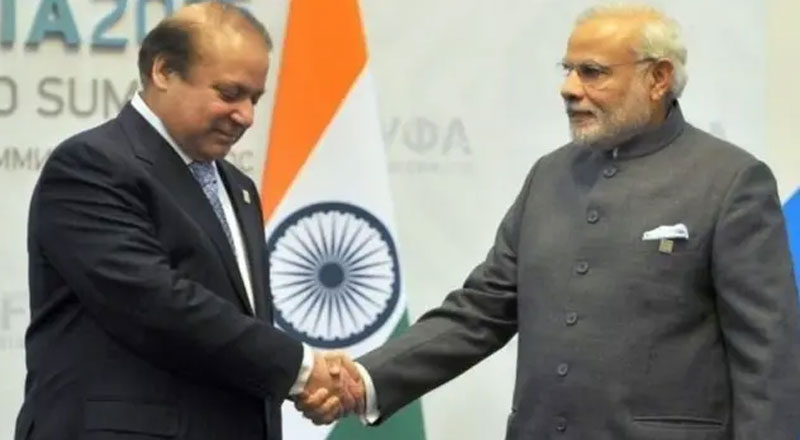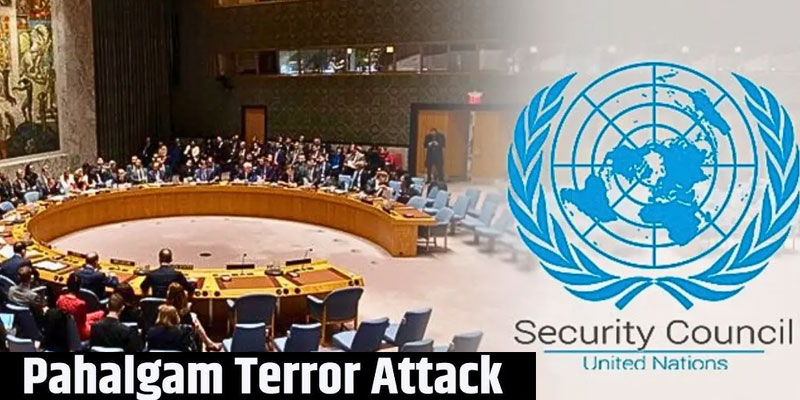A New Era in South Asian Geopolitics
The sudden political upheaval in Bangladesh following the departure of long-time Prime Minister Sheikh Hasina has created seismic ripples across South Asia. India, once a close strategic partner of Hasina’s government, now finds itself on uncertain footing as Dhaka tilts closer to Beijing and Islamabad. This emerging trilateral alignment—Bangladesh, China, and Pakistan—is raising alarms in New Delhi, with implications not only for regional security but also for India’s internal stability, particularly in its sensitive northeastern region.
The Indo-Bangladesh relationship, once a model of regional cooperation built on historical ties, counterterrorism collaboration, and trade, is now strained. The new interim government in Dhaka, led by Chief Adviser Muhammad Yunus, is making overtures to both China and Pakistan, reviving ideological and geopolitical equations that run counter to India’s strategic interests.
China’s Deepening Footprint in Bangladesh
China has methodically extended its influence in Bangladesh through a mix of economic incentives, infrastructure investment, and military partnerships. Through its Belt and Road Initiative (BRI), Beijing has invested close to $40 billion in Bangladesh—funding projects like the Payra Deep Sea Port, the Padma Bridge Rail Link, and energy networks that serve as dual-use assets with potential military implications.
Equally concerning is the rising defence cooperation. Bangladesh now sources nearly 78% of its military hardware from China, including submarines, missile boats, tanks, and surface-to-air missile systems. The construction of the BNS submarine base near Cox’s Bazar and the use of Chinese UAVs only add to the growing military synergy between the two.
Perhaps the most alarming development for India is China’s reported proposal to develop the Lalmonirhat Air Base, located just 40 km from the vulnerable Siliguri Corridor—India’s strategic “Chicken’s Neck” that connects the northeastern states to the mainland. This move would give China a high ground for intelligence gathering and potential forward deployment in the event of a regional crisis.
Pakistan’s Covert Return and the Rise of Radicalism
Alongside China’s overt economic and military engagement, Pakistan has quietly made its way back into Bangladesh’s strategic ecosystem—thanks largely to ideological allies within Dhaka’s civil and military structures. Under Sheikh Hasina, Bangladesh had significantly curtailed the influence of Pakistan’s ISI and radical Islamist elements. But the post-Hasina political vacuum has emboldened these forces once more.
The reactivation of pro-Pakistan Islamist organisations—such as Jamaat-e-Islami and Hefazat-e-Islam—points to a broader agenda. Pakistan, through its intelligence apparatus, is now reviving networks aimed at surrounding India with ideological hostility and stirring unrest in sensitive border states.
Reports of ISI-backed attempts to fund radical groups and infiltrate the northeast via porous borders are growing. This hybrid warfare approach aims not only to destabilize India externally but also to ignite communal and separatist tensions within.
Yunus’s Strategic Messaging and China Card
Bangladesh’s interim chief adviser Muhammad Yunus has not been shy about his geopolitical intentions. During a recent visit to Beijing, he made a provocative statement referring to India’s northeastern states as “landlocked,” while portraying Bangladesh as a maritime gateway ripe for Chinese access. This rhetoric, seemingly innocuous on the surface, is deeply strategic and signals Dhaka’s willingness to play into Beijing’s regional ambitions.
Furthermore, Yunus’s appeal to China to “extend” its presence in South Asia has not gone unnoticed. These developments have drawn sharp but restrained responses from New Delhi, which has signaled its displeasure by suspending high-level bilateral engagements and excluding Bangladesh from regional forums like the Raisina Dialogue.
India’s Strategic Response: A Multipronged Engagement Strategy
While India’s initial reaction has been one of strategic patience, the seriousness of the situation demands a calculated, long-term strategy rooted in regional diplomacy, military readiness, and internal security.
- Diplomatic Realignment
Teesta River Agreement: Fast-tracking this long-pending accord could help restore goodwill and demonstrate India’s commitment to equitable regional cooperation.
Track II Diplomacy: Strengthen cultural, academic, and civil society exchanges to counter the narrative being built by Dhaka’s interim leadership.
Selective Engagement: Extend conditional cooperation, such as concessional exports and energy aid, to incentivize moderation in Dhaka’s foreign policy.
- Military Deterrence
Border Fortification: Strengthen military infrastructure and readiness along the northeast with advanced ISR systems, integrated air defence, and battle-ready logistics.
Defence Diplomacy: Offer Bangladesh joint anti-terror and maritime security exercises and expand Indian defence exports as an alternative to Chinese hardware.
Allied Infrastructure: Accelerate strategic projects like the Kaladan Multimodal Transit and India–Myanmar–Thailand Trilateral Highway for regional presence.
- Economic Leverage
BRI Alternatives: Collaborate with Japan, the US, and EU to offer transparent and competitive alternatives through the Blue Dot Network.
Trade and Investment: Expand joint ventures in IT, pharmaceuticals, and textiles, providing economic stakes for Dhaka in a pro-India posture.
Regional Integration: Push for timely implementation of BBIN initiatives and enhance India-Bangladesh rail and road connectivity.
- Internal and Cross-border Security
Intelligence Coordination: Upgrade intelligence-sharing mechanisms with Dhaka to monitor cross-border infiltration and radicalisation patterns.
Cyber Surveillance: Partner in digital counter-radicalisation programs to disrupt online recruitment and propaganda.
Covert Disruption: Deploy discreet operations to dismantle ISI-backed cells and foil destabilization plots.
- International Advocacy
Global Forums: Raise the alarm in QUAD, G20, and the UN over China’s military dual-use infrastructure near India’s borders.
New Initiatives: Lead a South Asian Infrastructure Resilience Initiative to offer transparent regional development options.
Maritime Vigilance: Expand Maritime Domain Awareness (MDA) operations in the Bay of Bengal in collaboration with regional navies.
The Road Ahead
The shifting political dynamics in Bangladesh signal a complex strategic environment for India. The growing trilateral nexus of China, Pakistan, and a politically transitional Bangladesh challenges India on multiple fronts—geopolitical, military, and ideological.
India must therefore adopt a proactive and multidimensional approach—balancing firm deterrence with constructive engagement. Only through calibrated diplomacy, regional alliances, and robust internal safeguards can India prevent further strategic encirclement and ensure that Bangladesh remains a partner, not a pivot, in South Asia’s power equations.
(With agency inputs)





